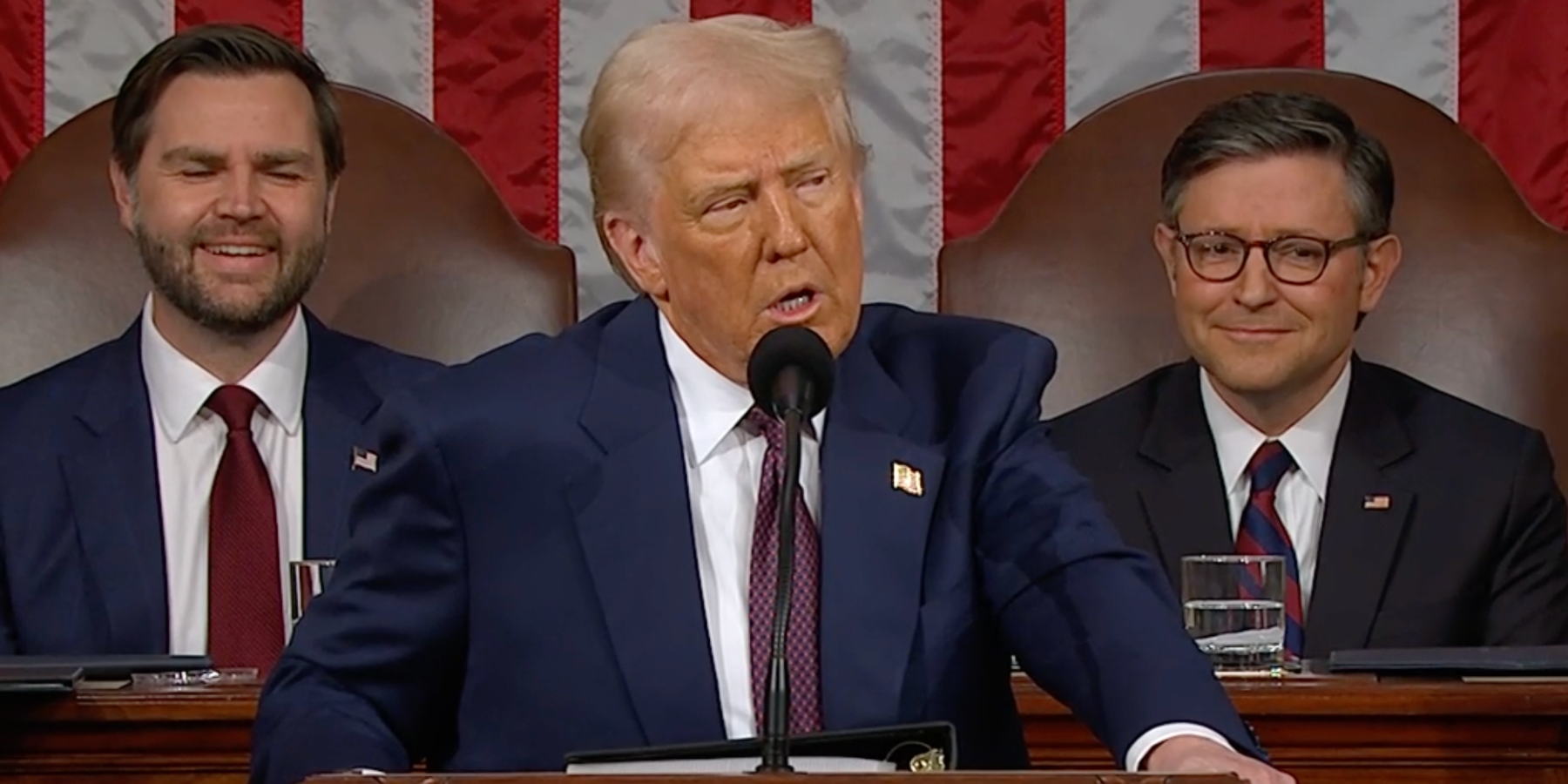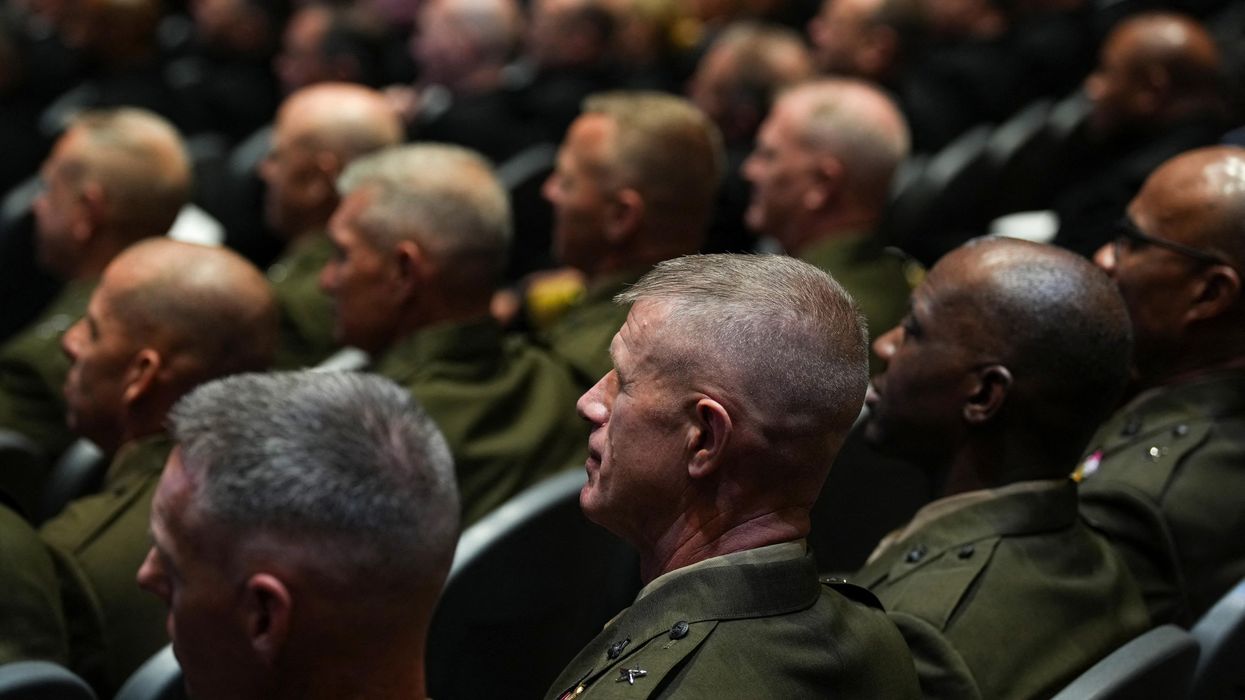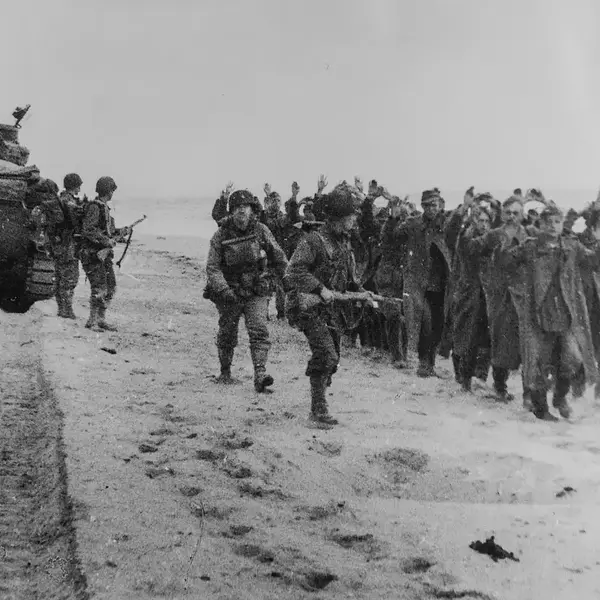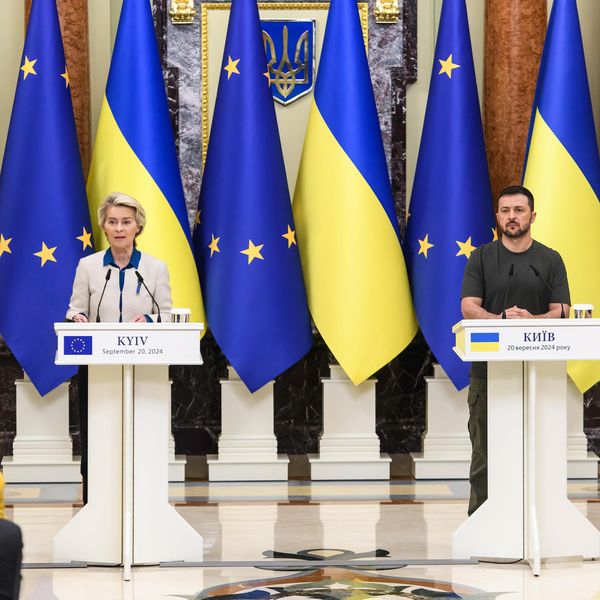For the avid news watcher, President Donald Trump’s approximately 1 hour and 40 minute speech to Congress Tuesday night held very few surprises, though as suspected, he launched through a dizzying array of DOGE success stories and gamboled through myriad initiatives he declared a popular mandate for — from imposing tariffs and beefing up border security, to ending “woke” in the classrooms and building a massive natural gas pipeline in Alaska.
He boasted of U.S. withdrawal from a number of what he called “unfair” and “corrupt” multilateral institutions like the World Health Organization and the Paris Climate Accord. He said he would deliver the “greatest economy in history” and promised that Republicans would make good on extending his tax cuts.
But in comparison his message on the foreign affairs front was short and sweet: “peace.” Peace in the Middle East and peace in Ukraine. How he plans to get there is fodder for many future questions and analyses, but for last night’s purposes, he made it all sound quite simple.
On the Middle East, he said the word “Israel” only in reference to Iron Dome and mentioned “Gaza” quickly in relation to hostages being released — no replay of his plan to build a Riviera out of the carnage of the last 17 months of war, no mention of the failing ceasefire there — but instead rolled out the usual about the Abraham Accords. Last night, Trump called these normalization deals, brokered in his first term between Israel and a small handful of Arab nations as "one of the most groundbreaking peace agreements in generations.” He briefly exhorted that “we're going to build on that foundation to create a more peaceful and prosperous future for the entire region.”
“He failed to acknowledge that it was the flawed premise of the Abraham Accords — the notion that Israel could normalize with Arab regimes without addressing the issue of Palestine — that motivated Hamas to carry out October 7,” noted the Quincy Institute’s Annelle Sheline afterwards. No mind, Trump did not linger on the Middle East for long. There were no charges against Iran as the biggest threat to the U.S. and its interests in the region, nor hints about whether he might follow through on taking U.S. troops out of Syria.
He instead whipped right into Ukraine, which he acknowledged had been sucking all the oxygen out of the news cycle for the week. After Friday’s row in the White House, Trump paused U.S. aid to Ukraine on Monday (which he still misstates has totaled $300 billion; it's more like $175 billion) until Ukraine President Volodymyr Zelensky comes to the table to begin the path to a diplomatic settlement of the war, something that Quincy Institute’s Mark Episkopos said was the strongest signal yet “that continued U.S. assistance to Ukraine amid Russia’s invasion is conditional on Kyiv engaging as a good faith participant in a negotiated track with Moscow.”
Trump said Tuesday night that he received a letter from Zelensky that said — likely paraphrasing — that “Ukraine is ready to come to the negotiating table as soon as possible to bring lasting peace closer. Nobody wants peace more than the Ukrainians… My team and I stand ready to work under President Trump's strong leadership to get a peace that lasts. We do really value how much America has done to help Ukraine maintain its sovereignty and independence regarding the agreement on minerals and security, Ukraine is ready to sign it at any time that is convenient for you.”
“I appreciate that he sent this letter. Just got it a little while ago,” Trump added. Zelensky’s letter and some of his willing concessions, like coming to talks and a new plan for a ceasefire, were reported in the papers earlier on Tuesday. Trump did not, however, announce whether the aid would be restarted.
“Simultaneously, we've had serious discussions with Russia and have received strong signals that they are ready for peace,” Trump added, topping off his brief remarks on the Ukraine war. “Wouldn't that be beautiful?”
Other references to national security were not as hopeful, at least for Greenlanders. He started out by saying “we strongly support your right to determine your own future, and if you choose, we welcome you into the United States of America. We need Greenland for national security and even international security, and we're working with everybody involved to try and get it.” Then he added, “I think we're going to get it one way or the other.”
On the Panama Canal, he was consistent, saying “we’re reclaiming” it. Peacefully and expensively in this case, however, as he announced a BlackRock consortium purchase of two key ports at either end of the canal, now owned by a Hong Kong company. The $22.8 billion deal was announced earlier in the day. “Today, a large American company announced they are buying both ports around the Panama Canal and lots of other things having to do with the Panama Canal and a couple of other canals. The Panama Canal was built by Americans, for Americans, not for others, but others could use it.”
Trump has been most concerned that China is using it, thus the effort to buy ports piecemeal. Interestingly, Trump’s address last night barely mentioned China in relation to the canal, or China and Taiwan, or even China the economic hegemon in the East.
Trump foreign policy right now is clearly centered in our own hemisphere (cartels in Mexico, tariffs on old NAFTA partners, Panama, and Greenland), and the two major conflicts in Ukraine and Middle East (though it is not clear where exactly Trump stands on the latter only that he has authorized more weapons to Israel and is reportedly backing an Israeli deviation from the ceasefire brokered by his own administration in January.
But on the former, ending the war in Ukraine, he remains consistent, despite the drama of the last several days. “It's time to stop this madness. It's time to halt the killing. It's time to end the senseless war. If you want to end wars, you have to talk to both sides.”
“Wouldn’t that be beautiful?” Trump repeated. Trump’s address will likely be called a number of things, and maybe by some, beautiful, but the brief nods to foreign policy weren’t palpitation-inducing or even news making. And maybe for once that is not a bad thing.
















